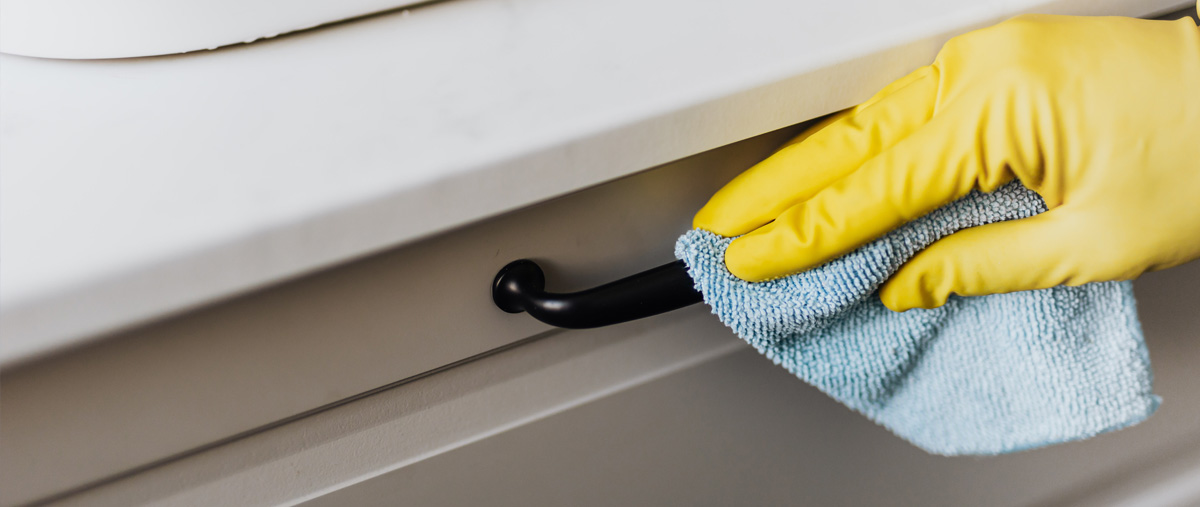While your staff are preparing safe, clean classrooms and facilities for the return of students, it’s also vital that your team members protect themselves against injuries. In recent months, loss data indicate increases among custodial, maintenance and operations workers with occupational injuries relating to cleaning and disinfecting facilities. These important tasks require diligent attention to the hazards of chemicals and equipment used to clean, disinfect and sanitize.
First, we recommend you consult with and follow your local public health department, Centers for Disease Control (CDC) and Environmental Protection Agency (EPA) requirements for cleaning and disinfecting. These standards can change as we learn more about Coronavirus and what is effective in preventing its spread.
Start with the basics and do them well. It can’t be repeated enough that the first line of defense includes proper and frequent hand washing, wearing masks and avoiding touching your face. Maintain social distancing of at least six feet whenever you are around others. Then regular cleaning and disinfection of frequently touched surfaces protects everybody from picking up the virus on their hands.
"Match PPE needed to the cleaning and disinfection products used."
Maintenance and custodial staff should be well trained on the methods, potential hazards and procedures for safely cleaning and disinfecting school facilities. When planning what and how to clean and disinfect, you must also decide what personal protective equipment PPE is needed. Use these guidelines to select products for the job:
- Choose from safer and EPA-approved products
- Review Safety Data Sheets
- Review product labels
- Confirm chemical compatibility among products being used
- Follow instructions for disinfectant contact time and proper dilution
- For products that are considered pesticides (e.g., disinfectant wipes), Department of Pesticide Regulation-approved training is required before use
Match the PPE needed to the products being used according to the PPE rating, the chemical application and the duration the chemical will be used. Many chemicals used for cleaning and disinfecting can be breathing irritants or toxic if inhaled, so adequate ventilation is important both during application and before being occupied for regular use.
Your team also needs to know how to properly put on PPE to protect themselves from chemical exposure. Injuries often occur after the cleaning is done, so they also should be trained how to take off and dispose of PPE safely. Following storage of chemicals and disposal of PPE, cleaning staff should thoroughly wash their hands again.
Careful planning, implementation, maintaining and revising of your plan protects people and avoids on-the-job injuries.


